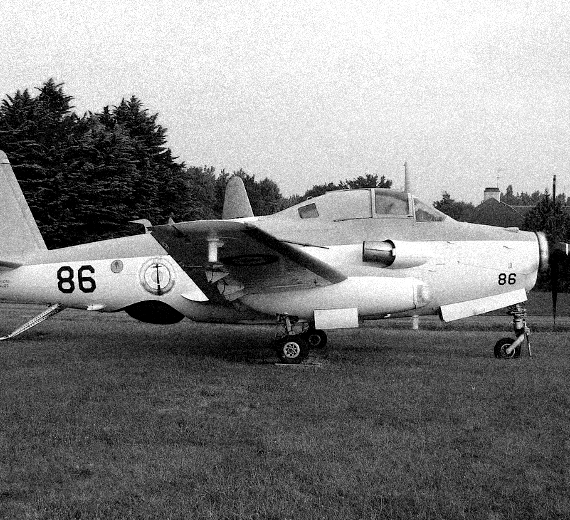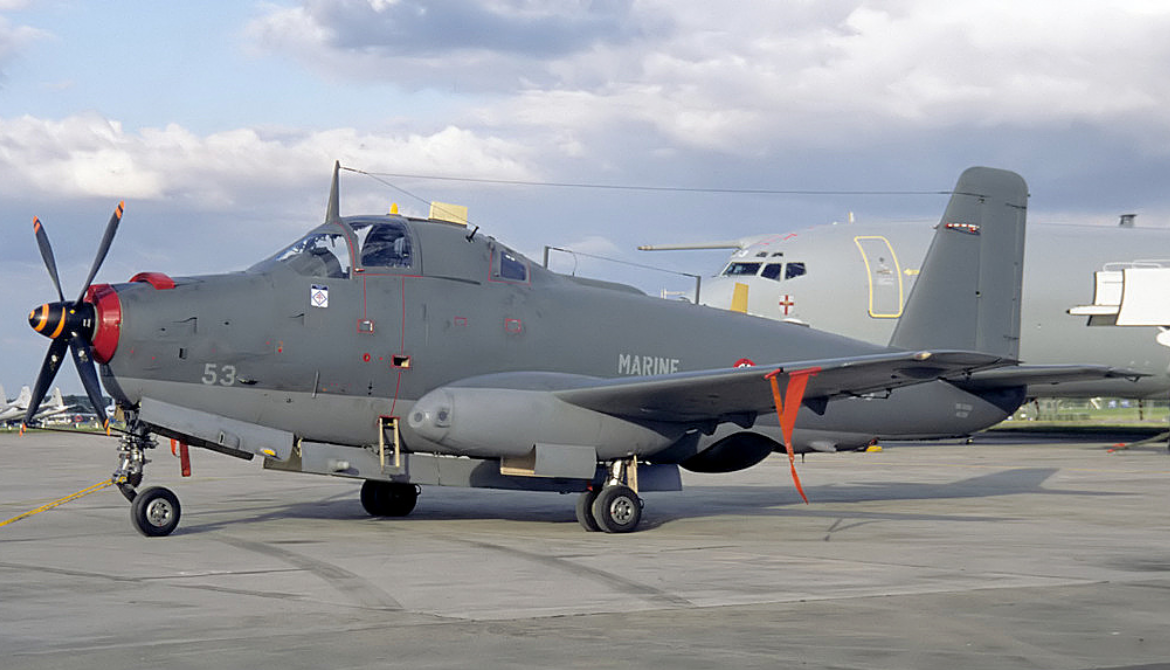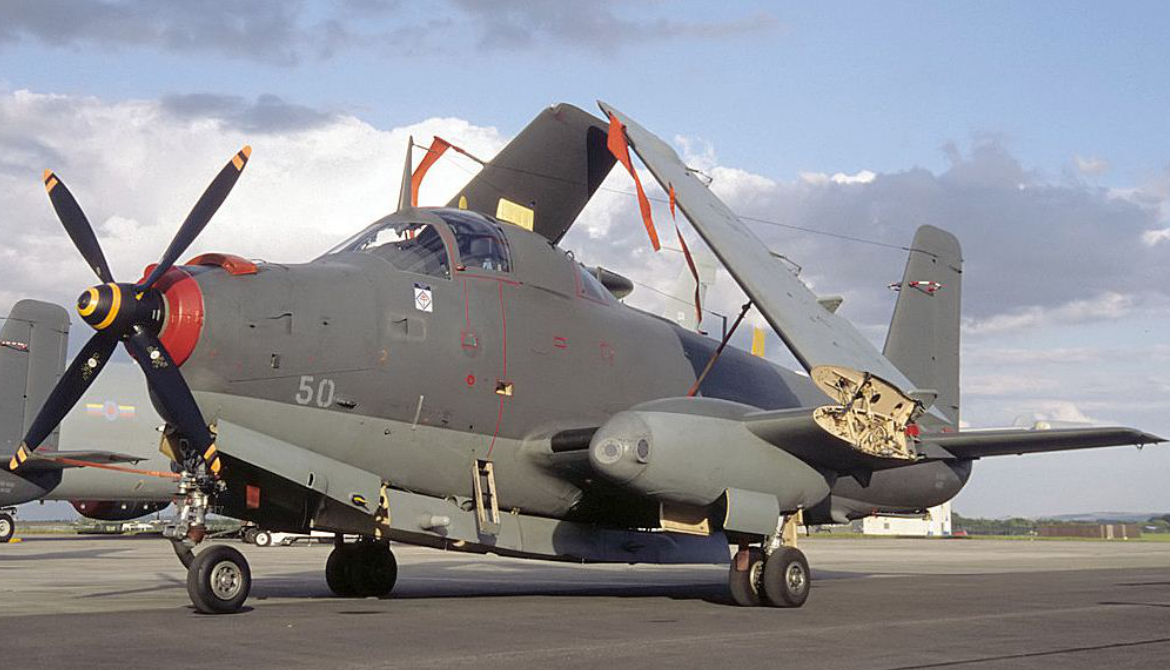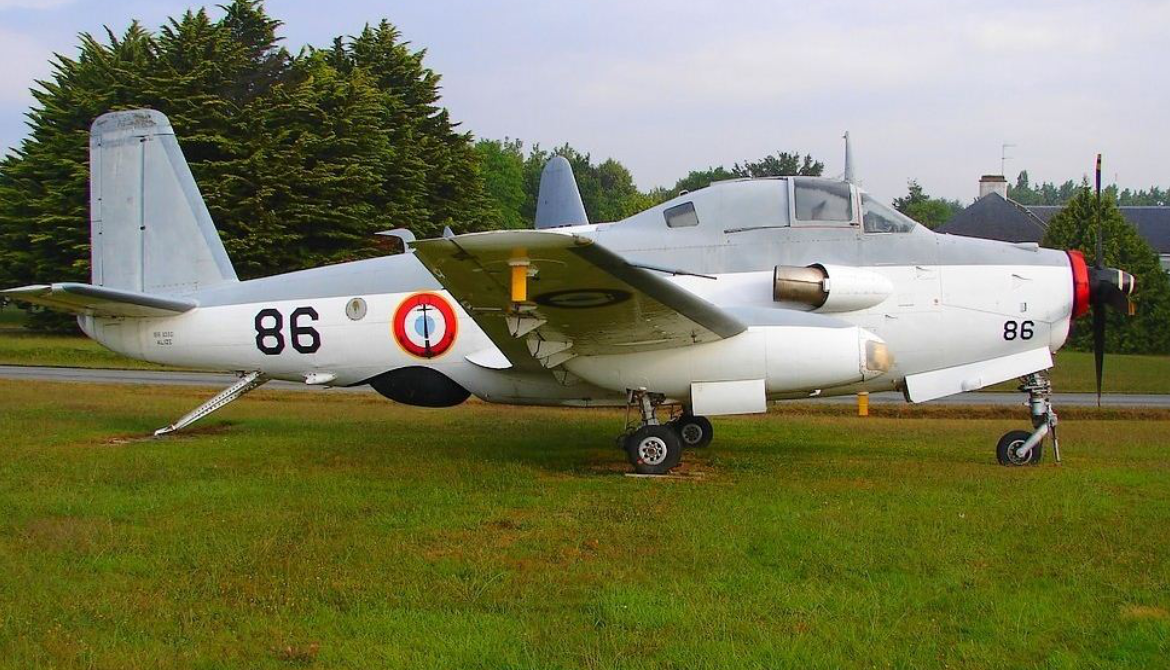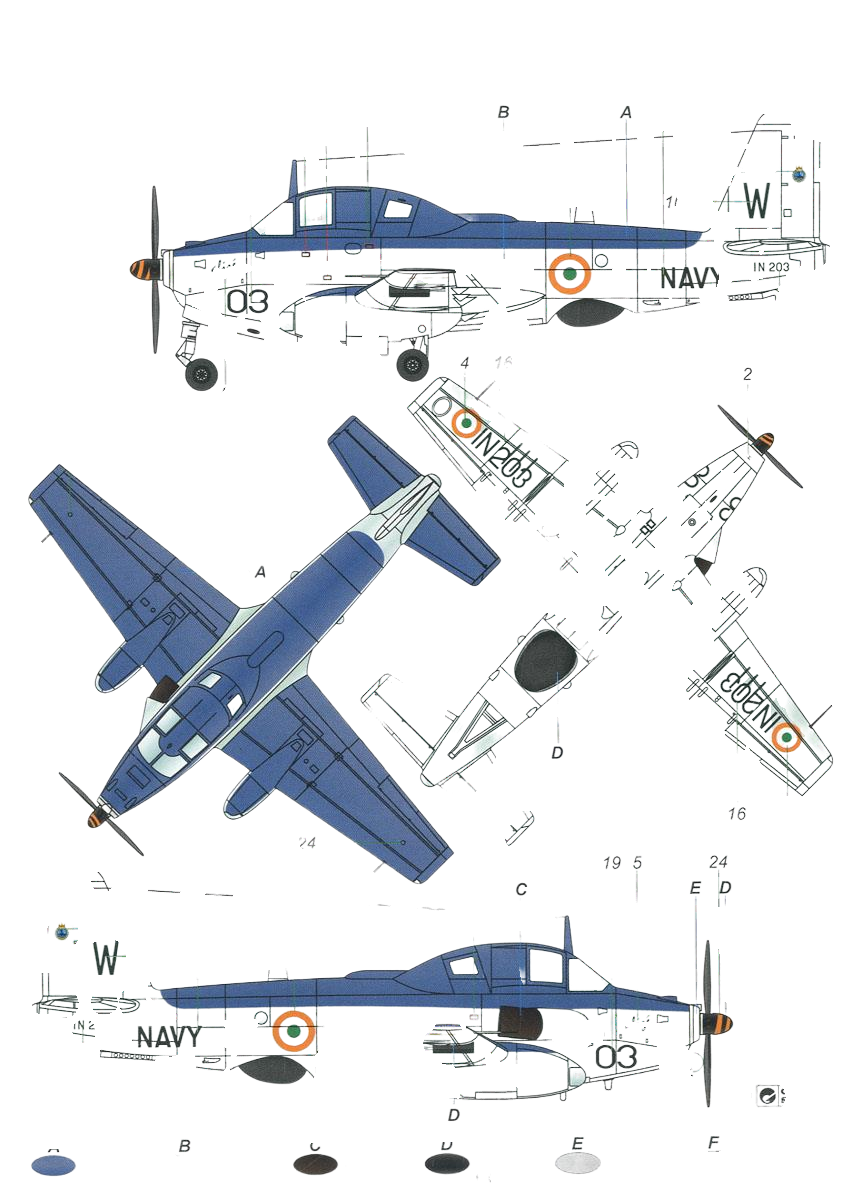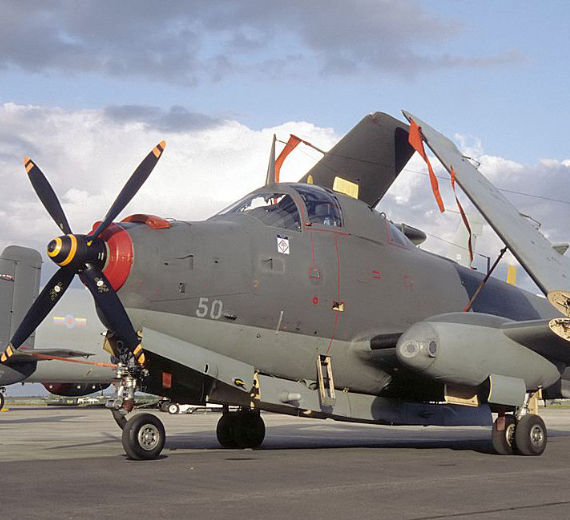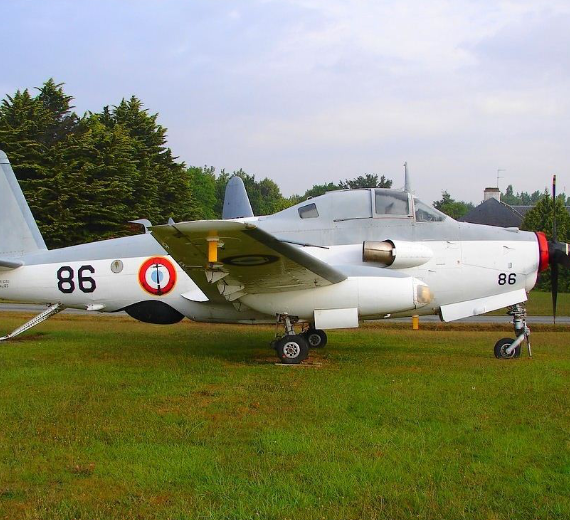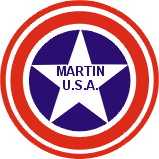Bréguet Br.1050 Alizé
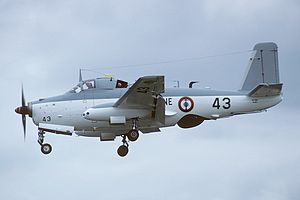 |
|
| Role | Anti-submarine aircraft |
|---|---|
| National origin | France |
| Manufacturer | Bréguet Aviation |
| First flight | 6 October 1956 |
| Introduction | 29 May 1959 |
| Retired | 2000 |
| Primary users | French Navy Indian Navy |
| Produced | 1957–1962 |
| Number built | 89 |
.
History Société anonyme des ateliers d'aviation Louis Breguet
Bréguet Br.1050 Alizé
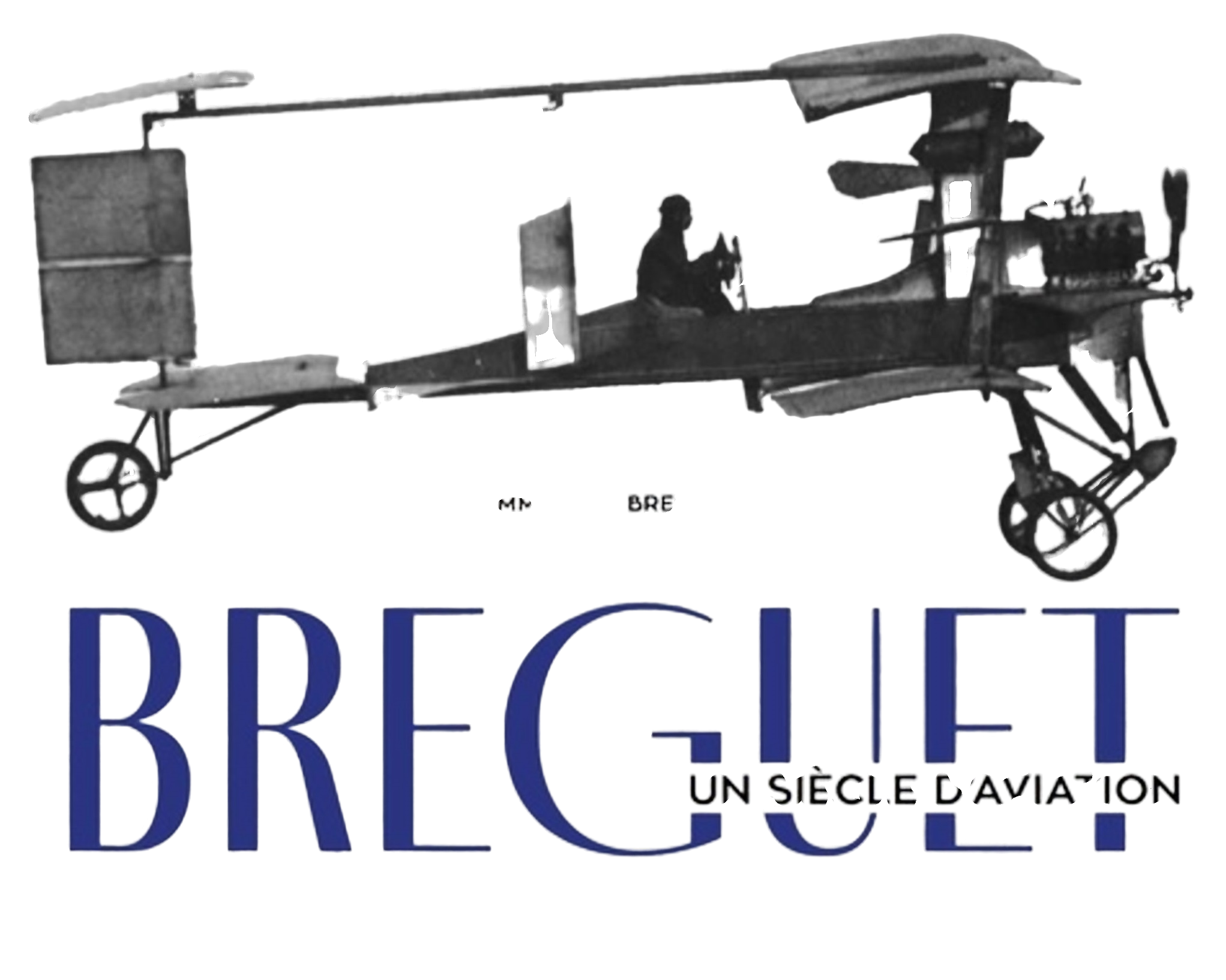
The Bréguet Br.1050 Alizé (French: "Tradewind") is a French carrier-based anti-submarine warfare aircraft. It was developed in the 1950s, based loosely on the second prototype Bréguet Vultur attack aircraft which had been modified into the Bréguet Br.965 Épaulard anti-submarine warfare aircraft.
Originally designated the M 37, the aircraft was designed as a four-seat sports/recreation aircraft for competition in the 4th Challenge International de Tourisme (1934). The M 37 prototype flew first in spring 1934, powered by a 250 PS (247 hp, 184 kW) Hirth HM 8U 8.0 litre displacement, air-cooled inverted-V8 engine, which drove a three-blade propeller.
Although it was outperformed by several other aircraft in the competition, the M 37's overall performance marked it as a popular choice for record flights. Particular among these traits was its low fuel consumption rate, good handling, and superb takeoff and landing characteristics.
Operational history
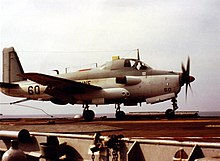



The prototype Alizé first flew on 6 October 1956. It was exhibited at the Paris Air Show at Paris Le Bourget Airport in May 1957.
0
KmCeiling
0
KmCombat RANGE
0
Km/hAircraft Speed
0
Max Crew
Photo Gallery
Société anonyme des ateliers d'aviation Louis BreguetBréguet Br.1050 Alizé


Société anonyme des ateliers d'aviation Louis Breguet
Bréguet Br.1050 Alizé
General Info
-
-
- Crew: 3 (pilot, radar operator, navigator)
- Length: 13.86 m (45 ft 6 in)
- Wingspan: 15.6 m (51 ft 2 in)
- Height: 5 m (16 ft 5 in)
- Wing area: 36 m2 (390 sq ft)
-
Powerplant
-
- Empty weight: 5,700 kg
- Max takeoff weight: 8,200 kg
- Powerplant: 1 × Rolls-Royce RDa.7 Dart Mk 21 turboprop, 1,565 kW (2,099 hp)
- Propellers: 4-bladed constant-speed fully-feathering reversible propeller
-
Performance
- Maximum speed: 518 km/h (322 mph, 280 kn) at 3,050 m (10,007 ft)
-
-
-
- 460 km/h at sea level
-
-
- Cruise speed: 240–370 km/h
- Range: 2,500 km (1,600 mi, 1,300 nmi)
- Endurance: 5 hr 10 min
- Service ceiling: 8,000 m (26,000 ft)
Armament
-
- Torpedo or depth charges carried in internal bay
- Bombs, depth charges, rockets, or missiles carried on underwing pylons
.
Links to Youtube & Others
The Bf 108A first flew in 1934, followed by the Bf 108B in 1935. The Bf 108B used the substantially larger, 12.67 litre displacement Argus As 10 air-cooled inverted V8 engine. The nickname Taifun (German for "typhoon") was given to her own aircraft by Elly Beinhorn, a well-known German pilot, and was generally adopted
Bréguet Br.1050 Alizé
Development of the type continue and in 1935 the Bf 108B appeared with the fin and rudder having undergone modifications.
Youtube Link
Conceived as a competitive aircraft the Bf 108 would take part in the 1936 Berlin Olympics.

